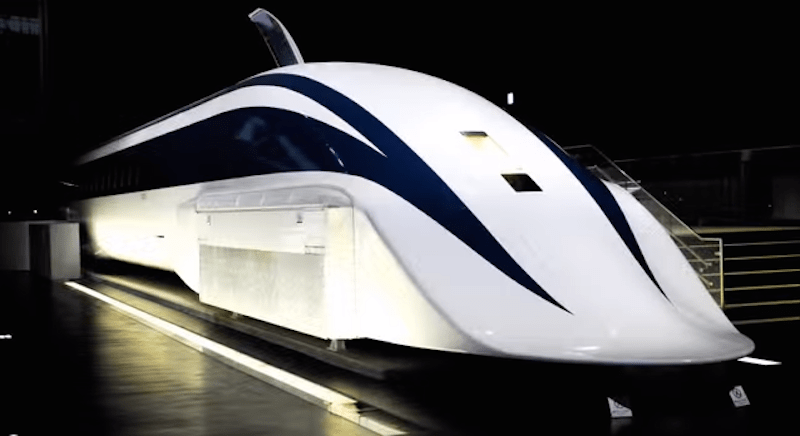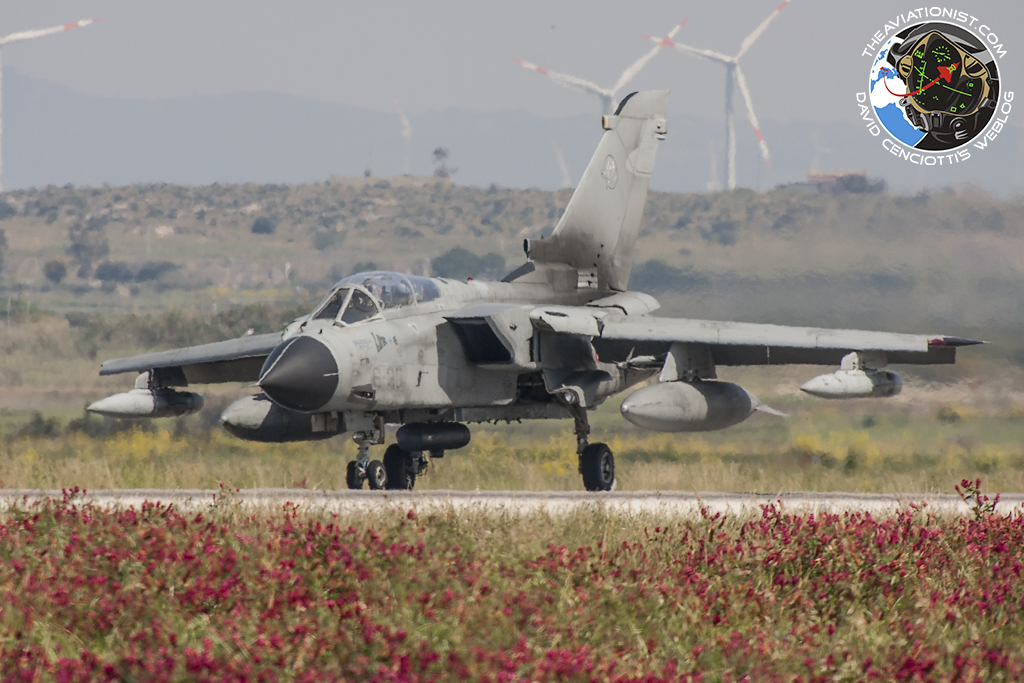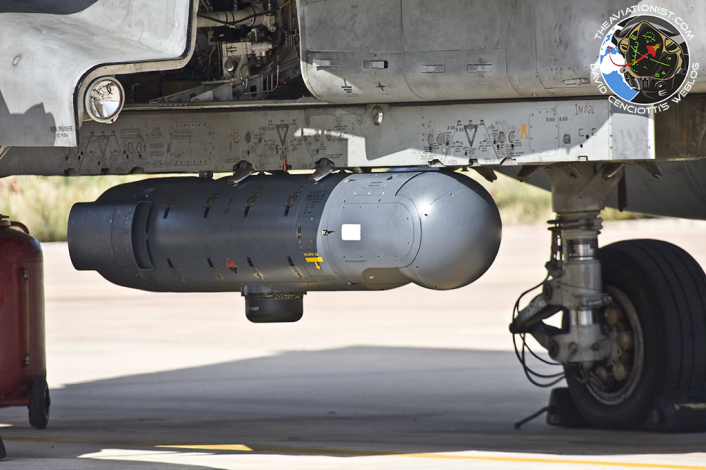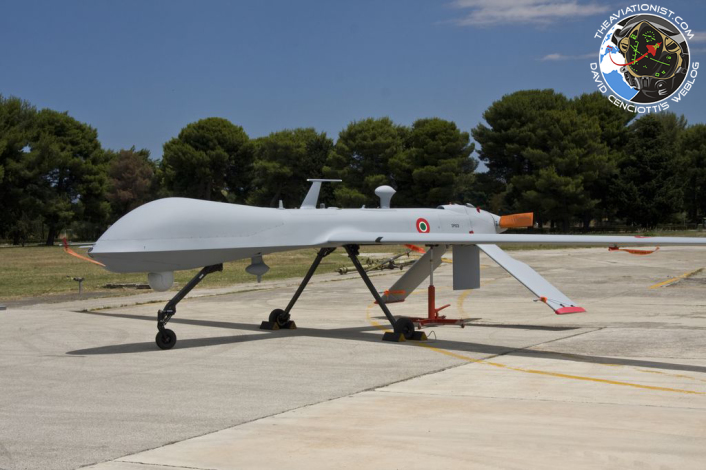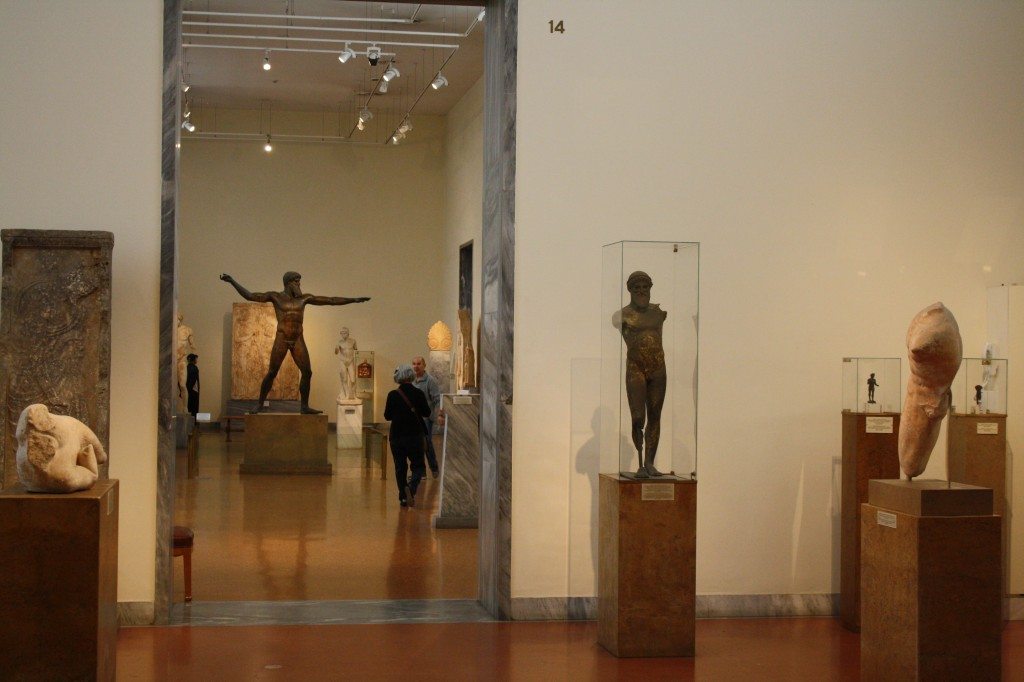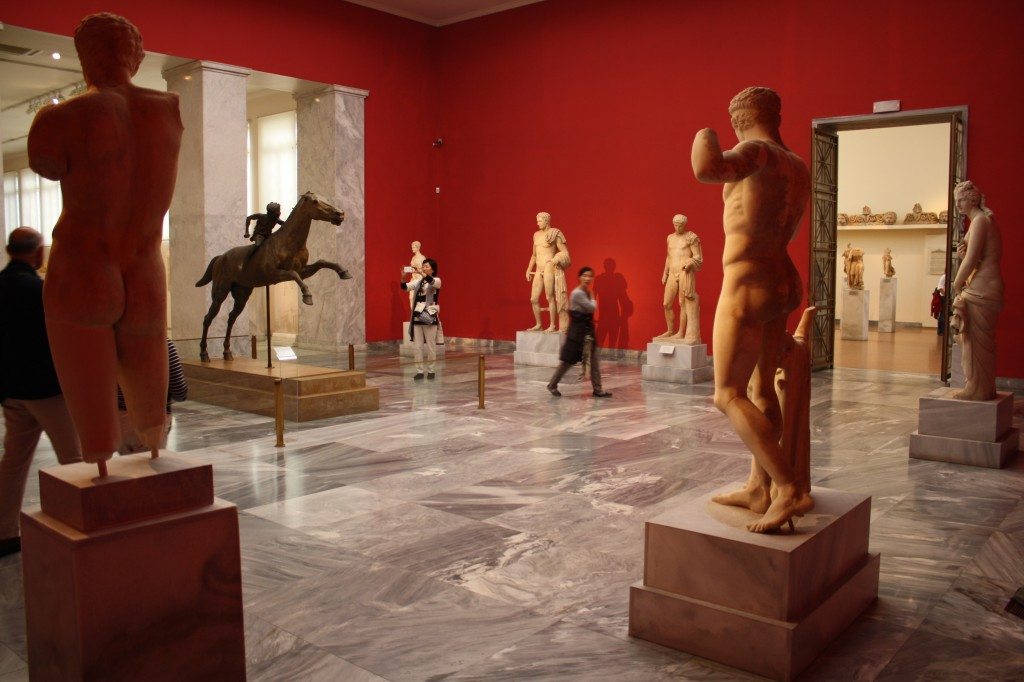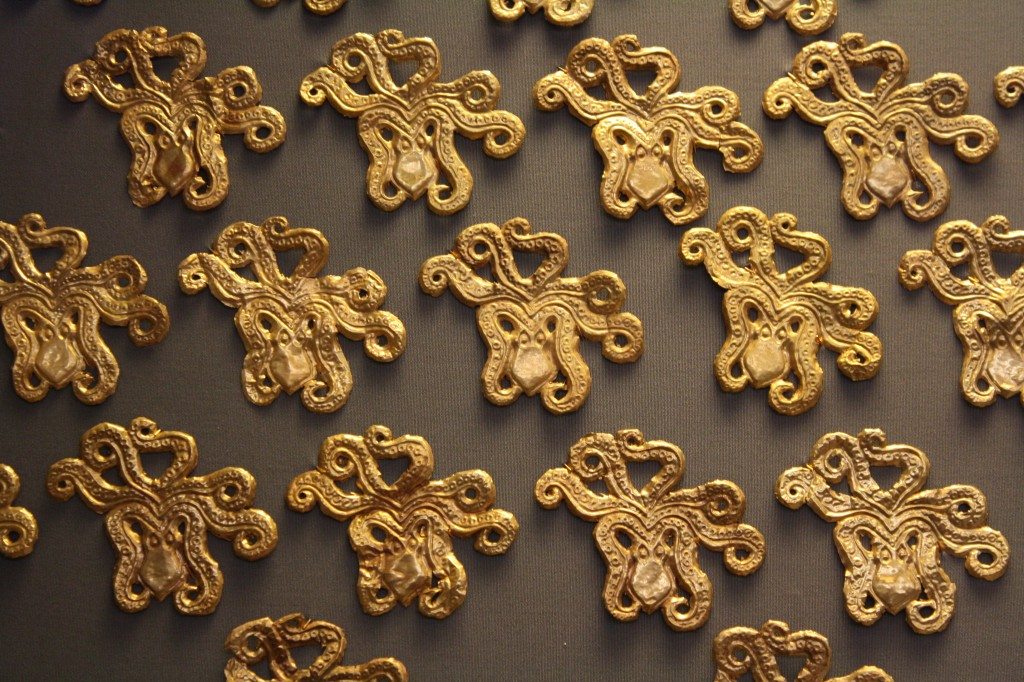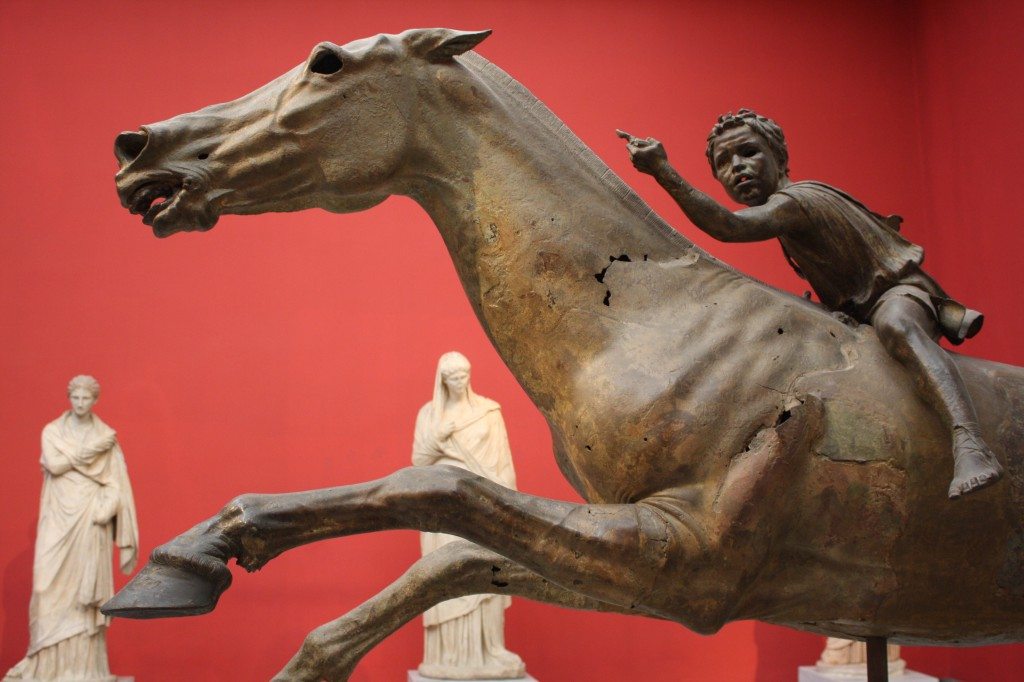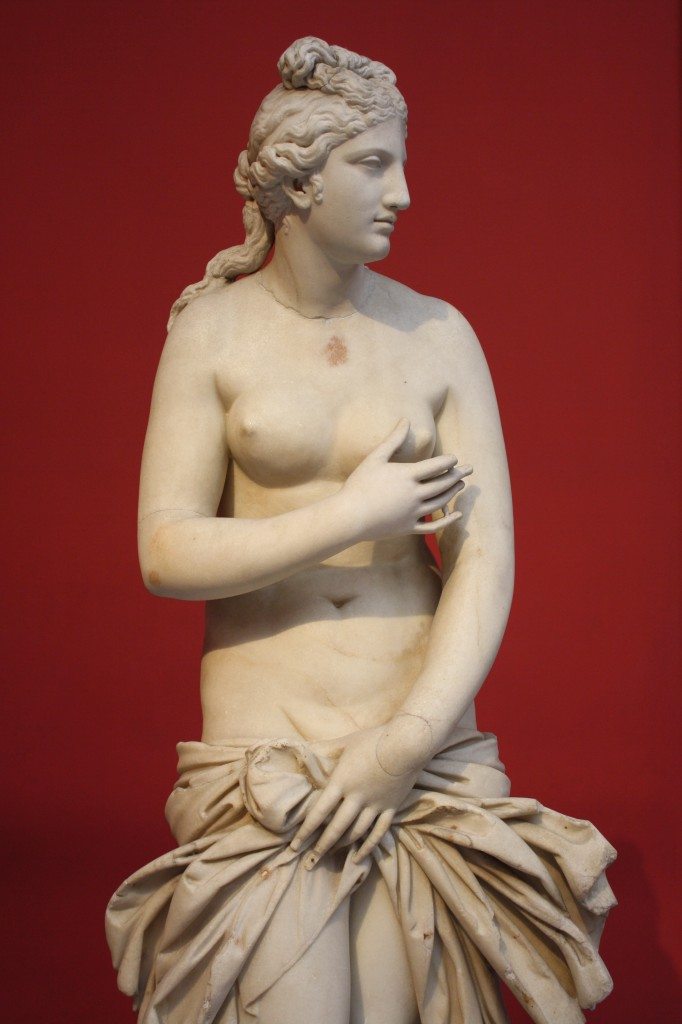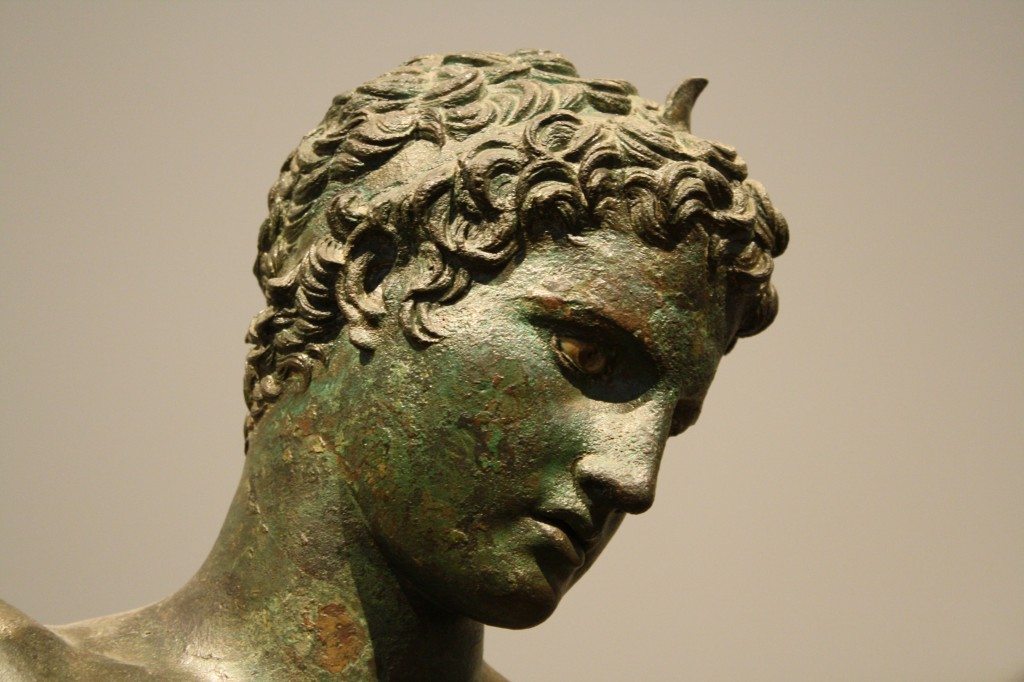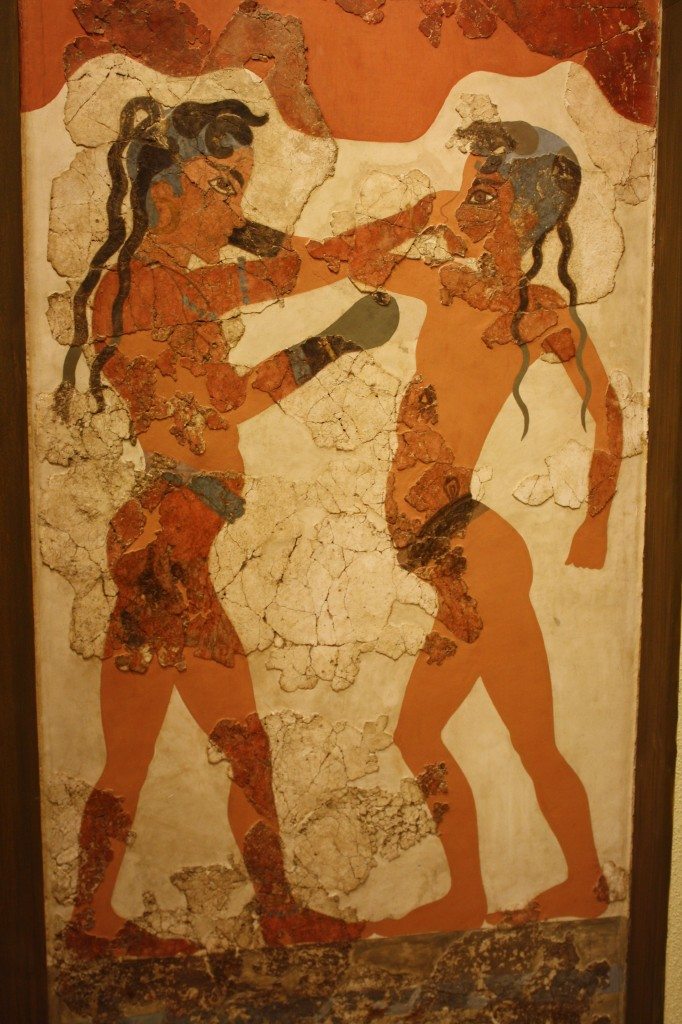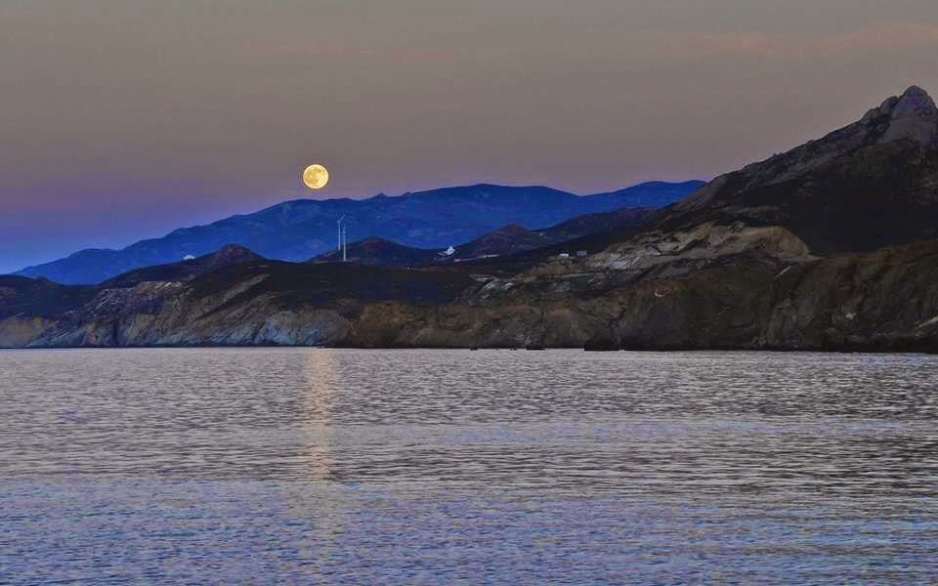November 19, 2014 • 10:30 am
3D-imaging the Assyrian reliefs at the British Museum: from the 1850s to today
Matthew Cock, Head of Web, British Museum
In August this year, a team from CyArk scanned the British Museum’s collection of Assyrian reliefs displayed on the Ground floor, using three different techniques: LiDAR,structured-light and photogrammetry.

Detail of relief from the North Palace of Ashurbanipal, Nineveh, Iraq. The king is in his chariot shooting arrows at succession of lions (ME 124867).
The reliefs were originally commissioned by powerful Assyrian kings between the 9th and 7th centuries BC for their palaces, at a time when the small kingdom of Assyria, in what is now northern Iraq, expanded through conquest to dominate the Middle East, from the Persian Gulf to the Nile. The carved images range from symbolic scenes of royal achievements to scenes of conquest and hunting that all serve to glorify the Assyrian monarch.

Reception of Nineveh sculptures at the British Museum, The Illustrated London News 1852, p. 184. Etching and engraving.
The reliefs were acquired by the Museum in the late 1840s and 1850s as a result of the Treasury-sponsored archaeological expeditions of Sir Austen Henry Layard, who began his excavations at the North-West Palace of Ashurnasirpal at Nimrud in 1845. The first reliefs arrived in London in June 1847, followed soon by the monumental human-headed winged bulls. To accommodate them, the Assyrian galleries were created – between the Egyptian sculpture and Greek sculpture galleries – where they remain today.
As well as contributing to CyArk’s archive of cultural heritage, the scans provide a fantastic resource that we can use to help people better understand and engage with these objects. The carved panels work like modern comic books, starting the story at one end and following it along the walls to the conclusion. They were designed as a narrative, to be ‘read’ by the king, court and visitors to the royal palaces. It is incredibly difficult to get a good sense of that narrative, or their scale or presence through still images or even video.
With the help of the 3D models created from the scans, we have the potential to develop interpretative media in the galleries, online and through mobile and wearable technology. There are many potential approaches, from delineating the carved scenes where the stone has deteriorated to reconstructing the original architectural scheme, complete with colour paint, and torch-lit ambience as they might have appeared to the Assyrians in their original setting. The video above shows an early trial developed by CyArk using scans from the Siege of Lachish reliefs in Room 10b.

Imaginative reconstruction of the interior of an Assyrian palace. A H Layard, The Monuments of Nineveh, London, 1849, plate 2.
Computer 3D technology is being increasingly adopted in museums to aid with conservation, curatorial research and interpretation. When the Assyrian reliefs first arrived in the Museum almost exactly 160 years ago, the latest imaging technology of the time – photography – was in its infancy. Interestingly, it grew up closely connected with the developing discipline of archaeology. Indeed, the main players in the early histories of archaeology, photography and philology (the study of language, but particularly the decipherment of ancient languages) moved in the same social and scholarly circles in London, meeting, corresponding and collaborating.
The early pioneer of photography William Henry Fox-Talbot was also fascinated with archaeology and convinced of the usefulness of his invention to museum and archaeological practices. He had visited the British Museum Trustees in 1843 to demonstrate his invention, but failed to persuade Charles Fellows, then excavating in Lycia, in what is now southern Turkey, to take the bulky and fragile equipment on his next expedition.
But by the 1850s, the equipment and processes were simpler, and interest at the Museum had grown. Edward Hawkins, Keeper of the Department of Antiquities, responsible for the Assyrian objects, was keen for photographs to be made of the growing collection of cuneiform tablets (arriving from Assyria at the same time as the reliefs) to help allow Edward Hincks, an Irish scholar and expert in cuneiform, and others (including Fox-Talbot himself) to translate them.

Collotype print photograph of Roger Fenton, taken by an unknown photographer, c. 1860. © National Media Museum / Science & Society Picture Library (2003-5001/2/22878).
Hawkins talked to Lord Rosse, scientist and President of the Royal Society, and British Museum Trustee, and soon after the Trustees instructed the Museum to employ a photographer. The advice of another scientist, Charles Wheatstone, was sought. Wheatstone had invented stereoscopy, creating the first stereoscopic viewer in 1838 which created the illusion of 3D. This early model used illustrations, but photography provided a far more suitable medium. Wheatstone had been collaborating with the photographer Roger Fenton, and recommended him for the job.
Part of Fenton’s early work at the Museum was a series of stereoscopic photographs of galleries, which survive as part of Wheatstone’s collection now in the archives of King’s College, London. One of those shows a tantalising view of the newly opened Assyrian Gallery.

Stereo viewer, with view of Edinburgh Castle and the Grassmarket. This viewer is an example of the more portable development of the technology that followed Wheatstone’s earlier ‘desktop’ models. Photo © Peter Stubbs.
Stereoscopy became a huge craze in the late 1850s and 1860s, and persisted well into the 20th century. Today’s virtual reality wearable technology, such as Oculus Rift and Google Cardboard echo their forerunners in intention (an immersive experience) and appearance.

First in the series of Roger Fenton’s photographs of the Kuyunjik Collection of cuneiform tablets. Albumen prints on card. Archives of the Middle East Department at the British Museum

Cuneiform clay tablet, a salt paper print photograph by Roger Fenton, c. 1854. © National Media Museum / Science & Society Picture Library (1937-4093).
As well as experimenting with this new 3D technology in the galleries, Fenton also made photographs of the objects, as was his brief. Between 1853 and 1854 he systematically photographed the series of cuneiform tablets known as the Kuyunkjik Collection. One of Fenton’s greatest challenges was lighting. He had a glass studio built on the roof of the Museum, based on his own studio in his home in North London. Portable objects such as the cuneiform tablets were brought there to be photographed. By May 1856, Fenton and his assistants had made more than 8,000 prints in the galleries and his rooftop studio.
Standing in the gallery watching CyArk’s scanners spinning and collecting millions of points of data, I reflected on how the British Museum and the Assyrian objects that so fascinated scholars and public alike in the late 19th century were once again the site of a new technology in its early years. Museum technologists have to make difficult decisions on what to adopt and when. Soon after the period discussed above, the British Museum’s early interest in photography waned, likely mainly due to the high cost of the equipment and materials. Fenton’s employment was ended in 1859, and many of his negatives were transferred to the South Kensington Museum, now the Victoria and Albert Museum, where they form part of the UK’s national collection of the art of photography. But still, of course, that doesn’t mean it never happened: 160 years on, and the British Museum now has over 1.2 million images of objects in thecollection online.
CyArk have enabled us to investigate the possibilities of 3D with a significant group of objects from the collection, and I am optimistic that this is just the beginning. It doesn’t take much to imagine a time when 3D scans become the de facto method of recording objects in the collection. I believe that this project – and once again the Assyrian reliefs – are remembered as a key moment in that change.
The Assyrian reliefs are on display in Rooms 6-10 on the Ground floor of the British Museum.
If you are interested in stereoscopy, visit the BP Spotlight: ‘Poor man’s picture gallery’: Victorian Art and Stereoscopic Photography at Tate Britain from 13 October 2014 – April 2015
A selection of 3D models of British Museum objects can be viewed, embedded and downloaded from our Sketchfab channel.






